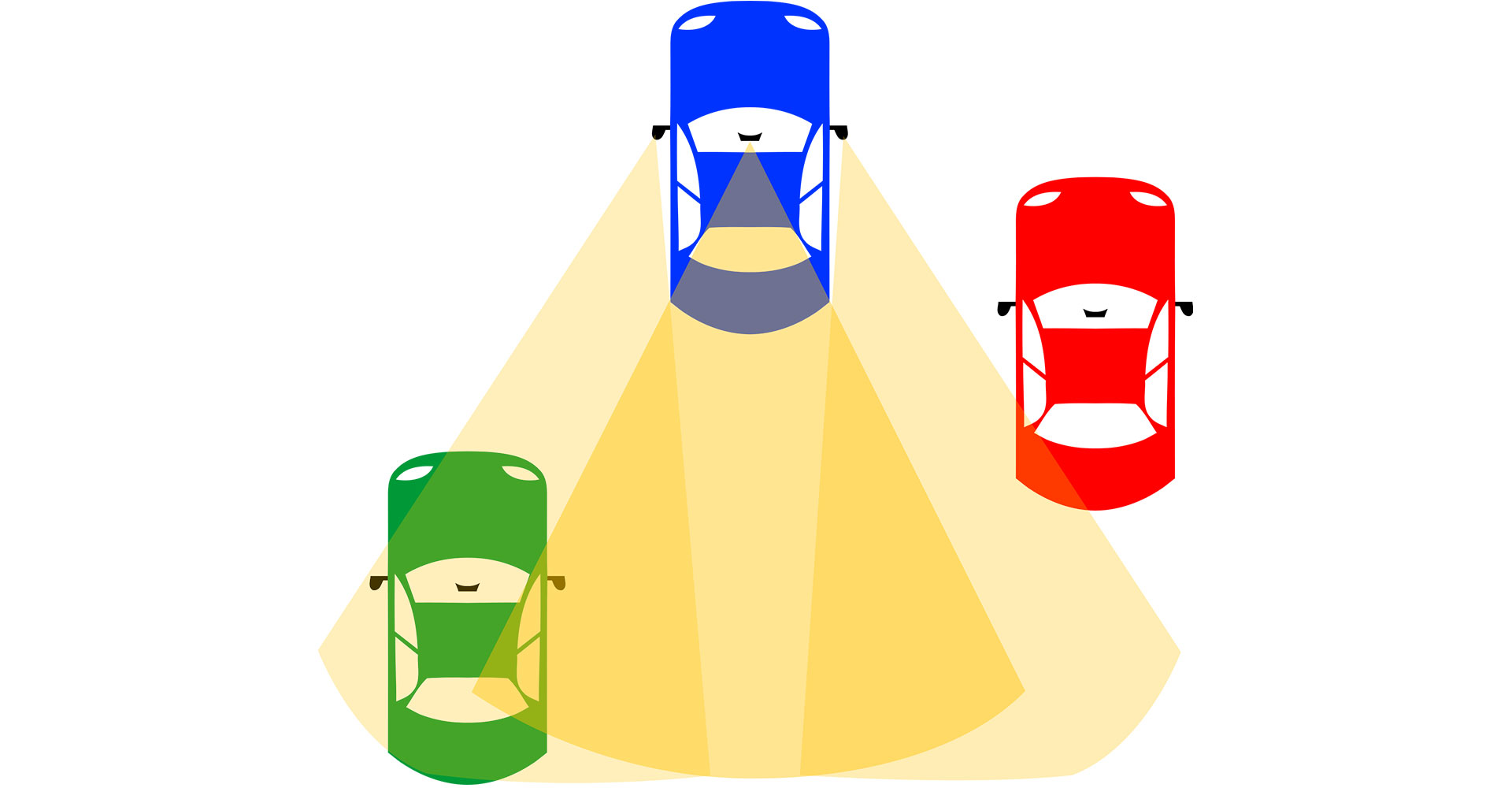
Towing while driving is a totally new experience compared to driving your car by itself. You will have a different load, different handling characteristics and a different view. You are going to need a blind spot mirror.
You will be used to looking in your car’s wing mirrors to see at least some of what is down the side and to the rear. Although there are blind spots, you will be familiar with these and perhaps instinctively account for them. When you attach your trailer or caravan for the first time and have a look, you will see this is not enough.
Blind spot mirrors will give you a better view and cut out some of the blind spot the length and width of the towing combination will give. They are often fitted onto the existing mirrors to give a wider perspective. The drawback there is the increased width to your car, which you may not be used to. Also, badly fitted extensions can be a hazard if they catch the wind.
Some blind spot mirrors have different lenses to normal. They might for example be a frog-eyed mirror with a convex lens to broaden the view normally given. The extra light from further afield may well cut down the blind spot, although the perspective will differ from what you are used to.
Blind spot mirrors need to be adjusted to suit the driver and his position in the car. They should be lined up with the existing mirrors so that there is some overlapping for orientation, but the widest combination of views is obtained.
Drivers should never assume blind spot mirrors give a complete picture when towing, but they will help cut down the blind spots and give a better view than just the existing wing mirrors provide alone.
